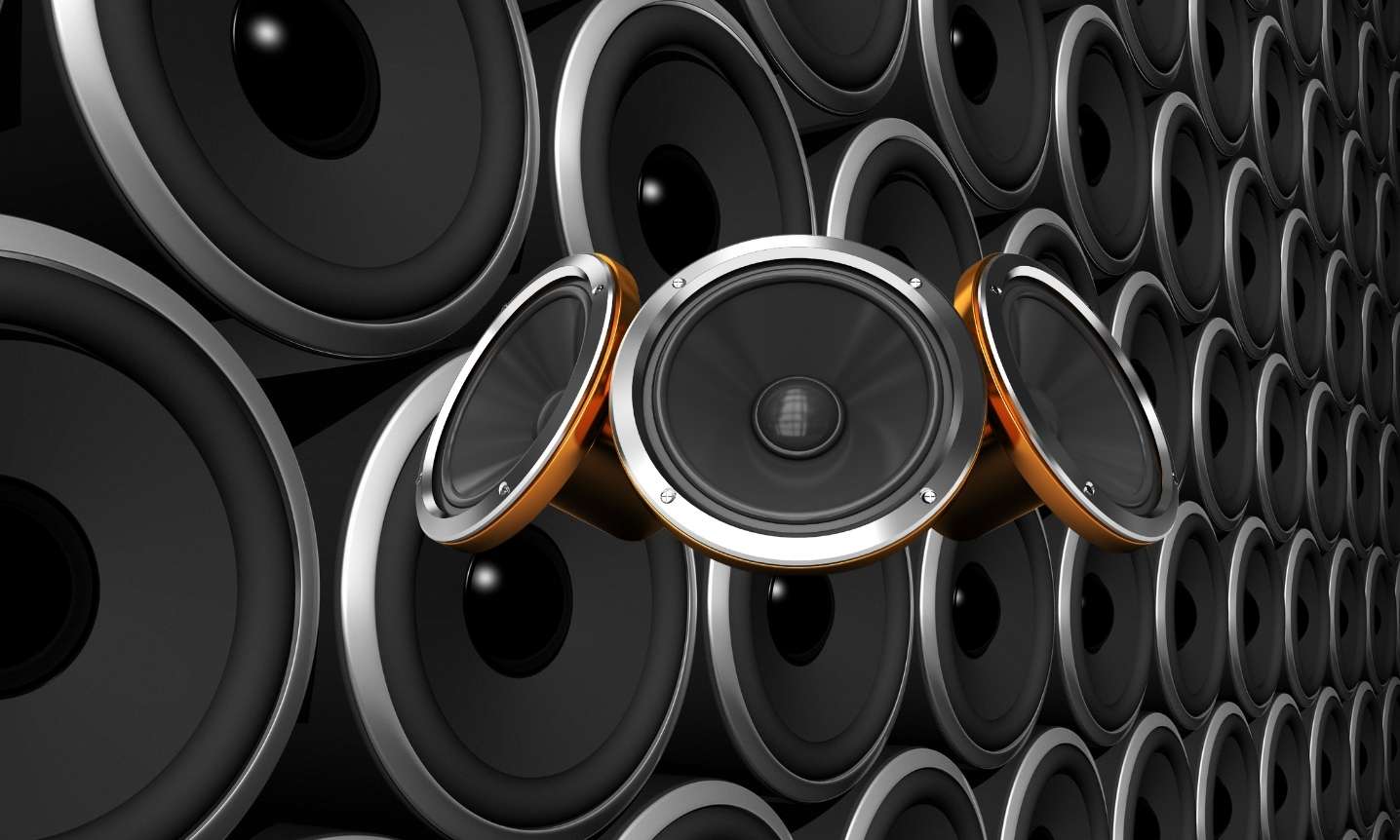Choosing the right speaker isn’t always easy. With the abundance of models and brands on the market, it’s easy to get overwhelmed—especially if you’re not very familiar with audio equipment. This article will walk you through how to select the speaker that best suits your needs, taking into account usage, space, features, and budget.
1. Clearly define your usage
The first and most important step is knowing what you’ll be using the speaker for. Different uses require different types of speakers.
Here are some common scenarios:
-
For casual music listening at home
A small Bluetooth or bookshelf speaker will usually do the job. Go for something with a sleek design and good wireless connectivity. -
For a home theater setup
You’ll want a surround sound system with a subwoofer to really bring out the impact of movies. -
For outdoor use
A durable, portable speaker with water resistance and long battery life is key. Make sure it’s weather-resistant. -
For professional use (studio or stage)
Look for powerful active speakers that deliver precise, reliable sound.
By identifying your primary purpose, you can narrow your options significantly.
2. Understand the different types of speakers
There are several speaker categories, each suited for different purposes:
-
Wireless speakers (Bluetooth or Wi-Fi)
Perfect for everyday use and easy to connect to phones or computers. -
Bookshelf speakers
Medium-sized and ideal for smaller rooms or desks. -
Soundbars
Designed to enhance TV audio while keeping a compact profile. -
Floorstanding speakers
Larger and more powerful, these are great for bigger rooms or high-end audio setups. -
Subwoofers
Focused on low-frequency sounds—essential for bass-heavy music or movie soundtracks. -
Active vs. passive speakers
Active speakers have built-in amplifiers (plug and play), while passive ones require an external amp. -
Studio monitors
Designed for neutral, precise sound—perfect for music production.
Knowing which type suits your needs will make your choice easier and more effective.
3. Evaluate sound quality
Sound quality is crucial, though it can be subjective. Some people prefer deep bass, while others value crisp highs or balanced clarity.
Things to consider:
-
Frequency range
A wider range (e.g., 20 Hz – 20 kHz) usually offers better detail across lows, mids, and highs. -
Clarity and distortion
Good speakers maintain clean sound even at higher volumes. -
Driver size and number
These directly affect how the speaker handles different tones—larger drivers generally produce deeper bass.
Whenever possible, listen to the speaker in-store using music you’re familiar with.
4. Consider room size and acoustics
The speaker should be appropriate for the size of the room. A large speaker in a small room can be overwhelming, while a small speaker in a large space might not be powerful enough.
For small rooms, compact speakers or soundbars work well. In larger spaces, consider floorstanding speakers or a full stereo setup with a subwoofer.
Acoustics matter too: hard surfaces like tiles or glass reflect sound, while rugs and curtains can help absorb excess echoes and improve audio clarity.
5. Check for useful features
Modern speakers often come with extra features that add convenience:
-
Wireless connectivity (Bluetooth, Wi-Fi)
Great for seamless streaming from your devices. -
Built-in voice assistants
Some models support Alexa, Google Assistant, or Siri. -
Multi-room compatibility
Lets you sync several speakers in different rooms. -
Battery life
For portable speakers, long-lasting battery is a must. -
Mobile app support
Useful for customizing sound (equalizers, audio modes, etc.).
Don’t get caught up in gimmicks—prioritize features that match your lifestyle.
6. Choose within your budget
Speakers come in all price ranges, from affordable entry-level models to premium high-end setups. In general, higher cost brings better sound quality and build, but not always.
Trusted brands to consider:
-
JBL
-
Bose
-
Sony
-
Marshall
-
Harman Kardon
-
Klipsch
-
Edifier
-
KEF
-
Yamaha
-
Focal
Compare specs, reviews, and pricing to find the best value for your money.
7. Check compatibility and connectivity
Make sure the speaker you choose is compatible with your devices. For everyday use, Bluetooth is often enough. For TV and desktop use, look for HDMI ARC, optical, RCA, or AUX inputs.
Professional setups may require specialized connectors like XLR or TRS. Always double-check your equipment before buying.
8. Read user reviews
Take time to go through customer reviews and watch YouTube video tests. They give you a more realistic picture than the product specs alone.
Look for:
-
Actual sound quality feedback
-
Durability and reliability
-
Battery life (for portable speakers)
-
Manufacturer support and warranty
Honest reviews often reveal things that manufacturers don’t advertise.
9. Don’t ignore warranty and customer support
A solid warranty is a must, especially for gear you’ll be using frequently. Should something go wrong, you want to know you’re covered.
Good customer service is also a sign of brand reliability.
10. Test before you buy (if possible)
Nothing beats a hands-on demo. If you can, visit a store and listen for yourself.
If buying online, choose retailers with easy return or exchange policies—just in case the speaker doesn’t meet your expectations.
Conclusion
Choosing the right speaker isn’t just about power or looks. It’s about finding one that fits into your daily life—whether that’s for music, movies, or work.
By considering the type, size, features, sound quality, and real-world user feedback, you’ll be well-equipped to make a smart choice. A good speaker is an investment in better audio experiences for years to come.
Take your time, compare options, and buy with confidence.
